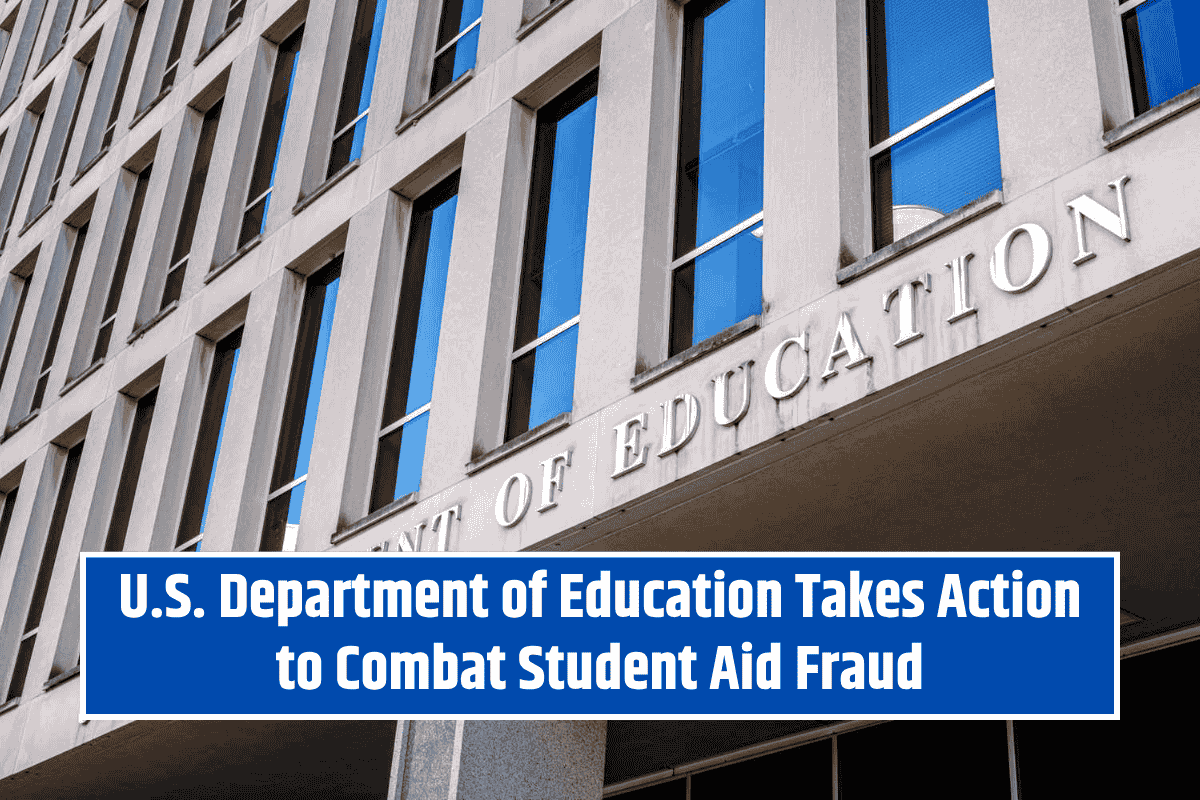The U.S. Department of Education’s Office of Elementary and Secondary Education has recently issued guidance to all chief state school officers regarding the Unsafe School Choice Option (USCO) provision. This provision, part of the Elementary and Secondary Education Act of 1965 (ESEA), ensures that students in persistently dangerous schools are given the chance to attend safer public schools, including charter schools.
This new guidance is intended to help states expand school safety options and maximize opportunities for parents to select the safest learning environments for their children.
Table of Contents
The Role of the Unsafe School Choice Option
The Unsafe School Choice Option is a critical policy designed to protect students by allowing them to transfer to a safer school if their current school is deemed dangerous. Under this provision, the state has the responsibility to determine which schools are unsafe and provide options for students to move to safer schools.
Hayley Sanon, Acting Assistant Secretary for the Office of Elementary and Secondary Education, emphasized the department’s commitment to ensuring that children can attend schools where they feel safe and supported. According to Sanon, this guidance encourages states to build on their existing efforts to improve school safety and offer parents more choices regarding where their children attend school.
Arkansas and Virginia’s Role in Promoting School Safety
Arkansas has taken a lead in ensuring compliance with the Unsafe School Choice Option to help provide every student the opportunity to attend a safe school. Jacob Oliva, the Arkansas Secretary of the Department of Education, expressed pride in the state’s efforts and emphasized that their goal is to maximize student safety and school choice.
Similarly, Virginia has committed to expanding education freedom and providing safer educational settings. Emily Anne Gullickson, Virginia’s Superintendent of Public Instruction, stated that the state is focused on ensuring all students can learn in a secure environment and praised the federal guidance as a step toward increasing education freedom in the state.
What the Law Requires
Under Title VIII, Section 8532 of the ESEA, states are required to provide two key school choice options for students under certain conditions:
- Persistently Dangerous Schools: If a student attends a public school that is considered unsafe by the state’s standards, the state must provide them with the option to transfer to a safer school.
- Victim of Violent Crime: If a student becomes the victim of a violent crime on school grounds, they are also eligible for the option to transfer to another school.
Each state is responsible for defining what constitutes a “persistently dangerous” school, which can include a range of factors based on local conditions and criteria established in consultation with local educational agencies (LEAs).
Why This Is Important
This provision gives parents more control over their children’s education by providing a pathway out of unsafe schools. It also aims to create an environment where students can learn and grow without fear for their safety. The ability to transfer to a safer school ensures that all children, no matter where they live, have access to a secure learning space.
As states like Arkansas and Virginia lead the way, the Department of Education is hopeful that other states will follow suit, providing every student with the opportunity to thrive in a safe and nurturing school environment.
The Unsafe School Choice Option provision helps ensure that no child has to endure a dangerous educational environment. With the support and guidance of the Department of Education, states can improve their school safety standards, empowering parents to make informed decisions about their children’s education. The move towards expanding safer school options will undoubtedly help enhance the learning experience and provide every child with the opportunity to succeed.



